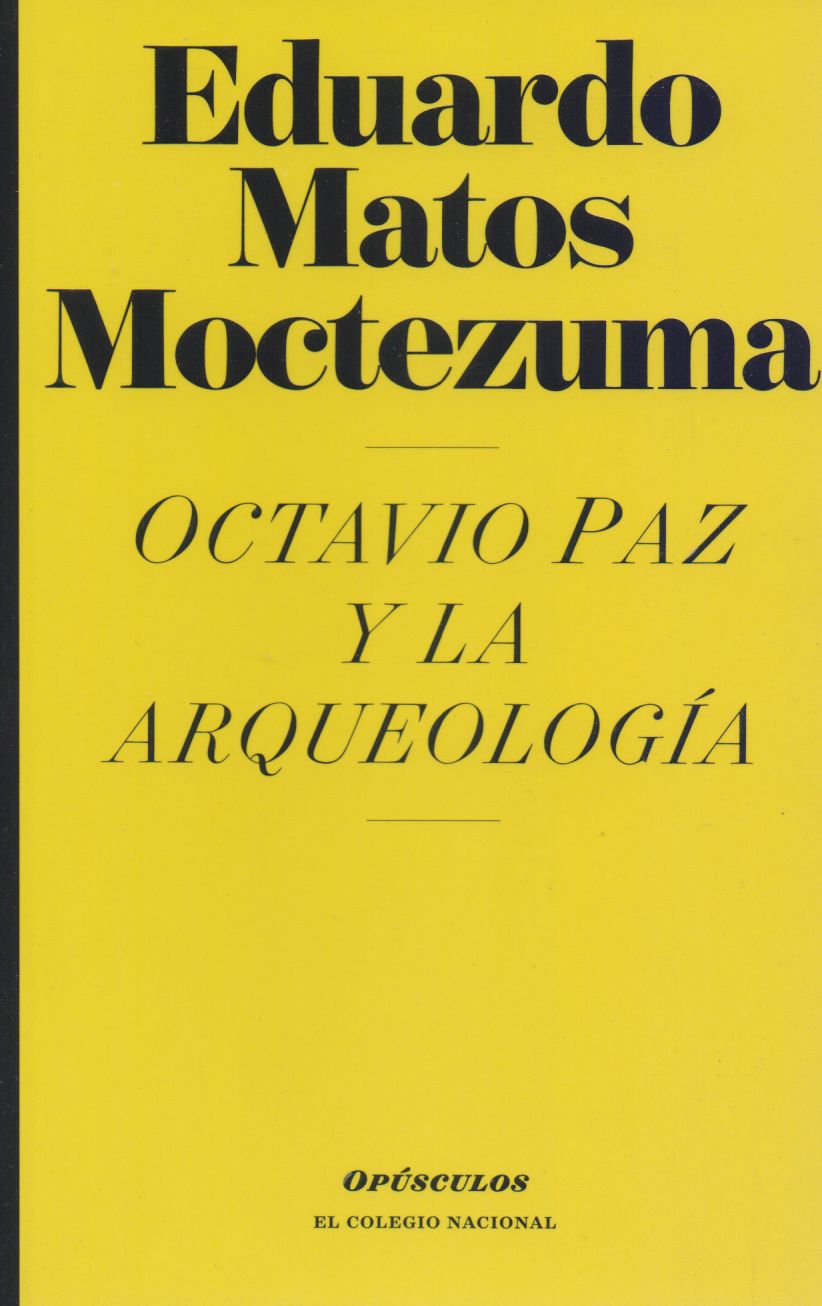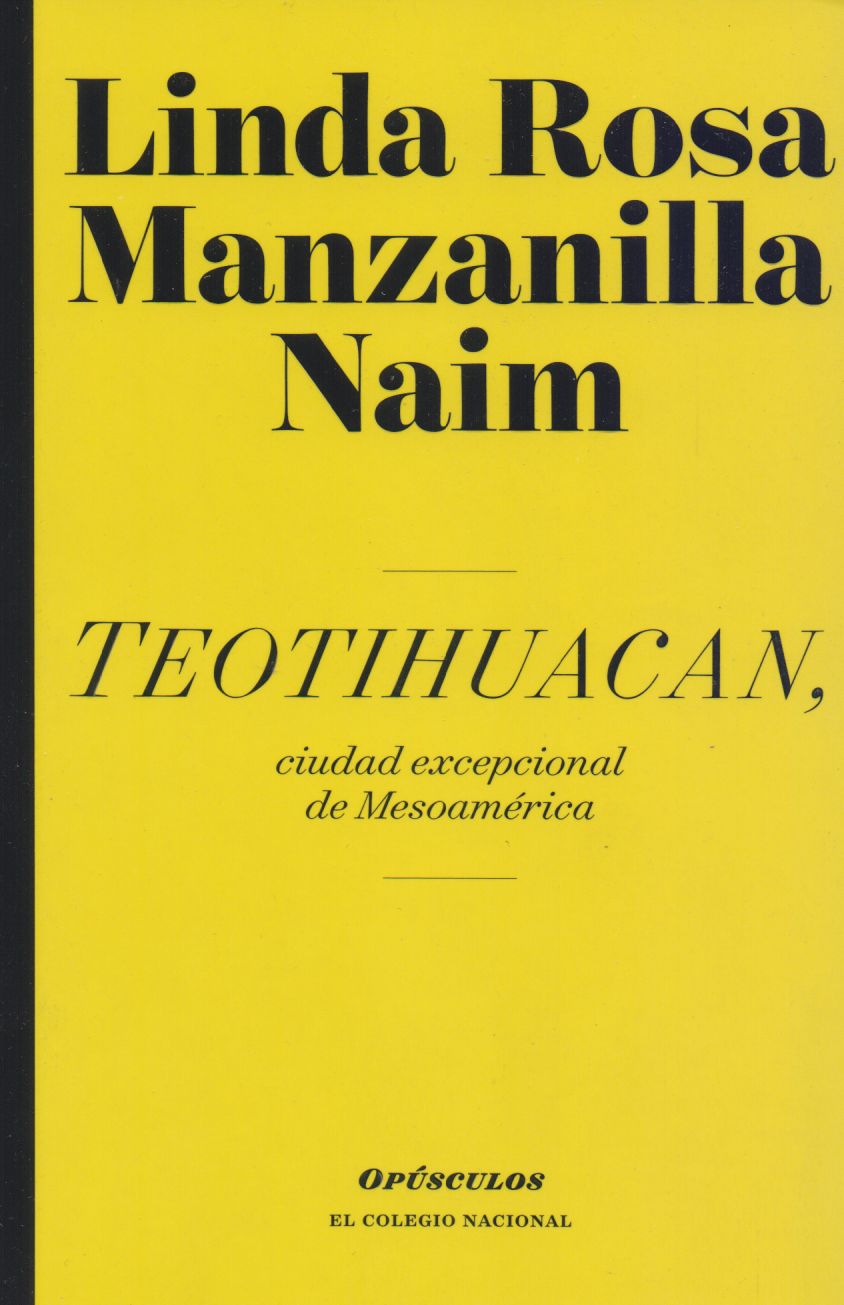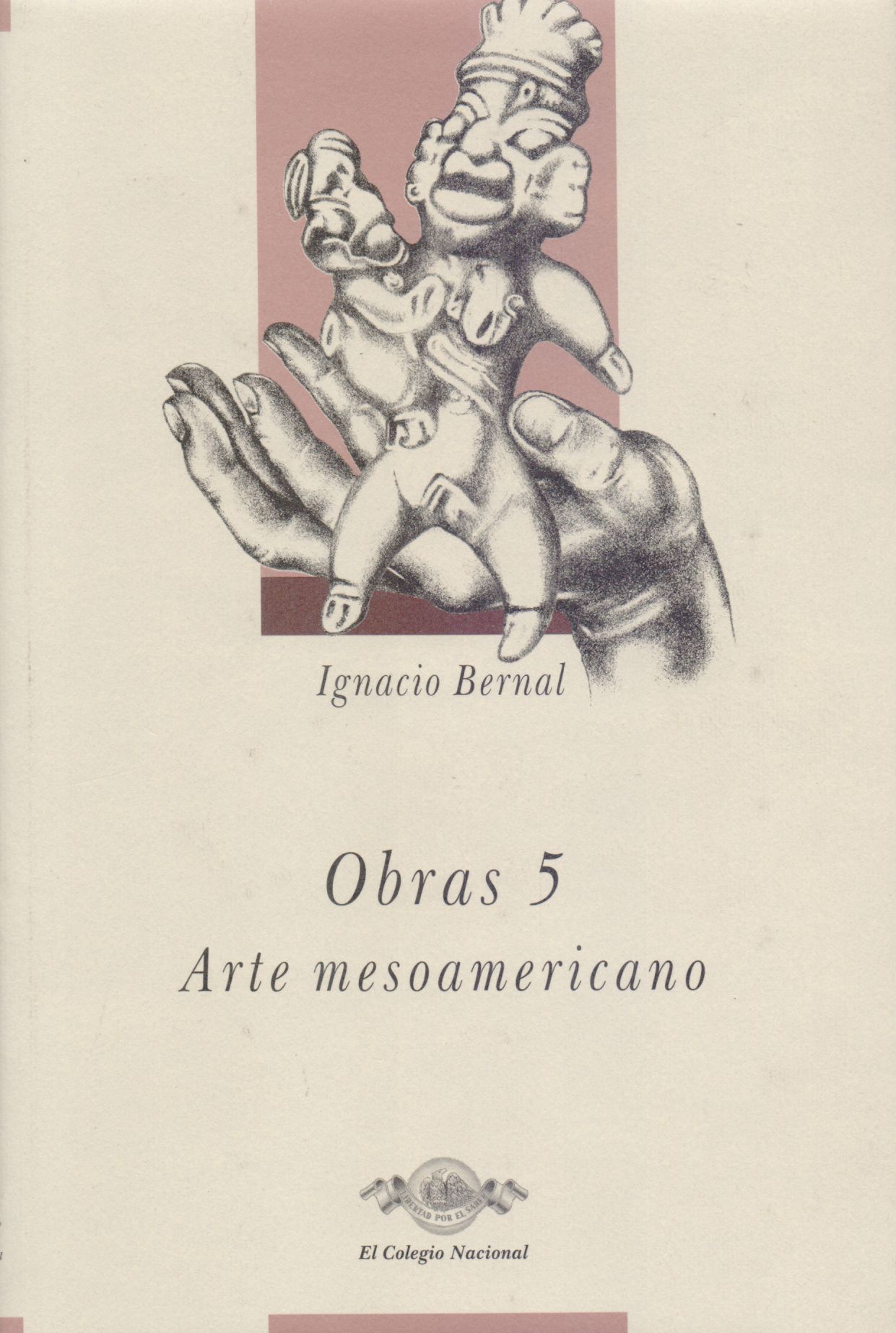Libros relacionados
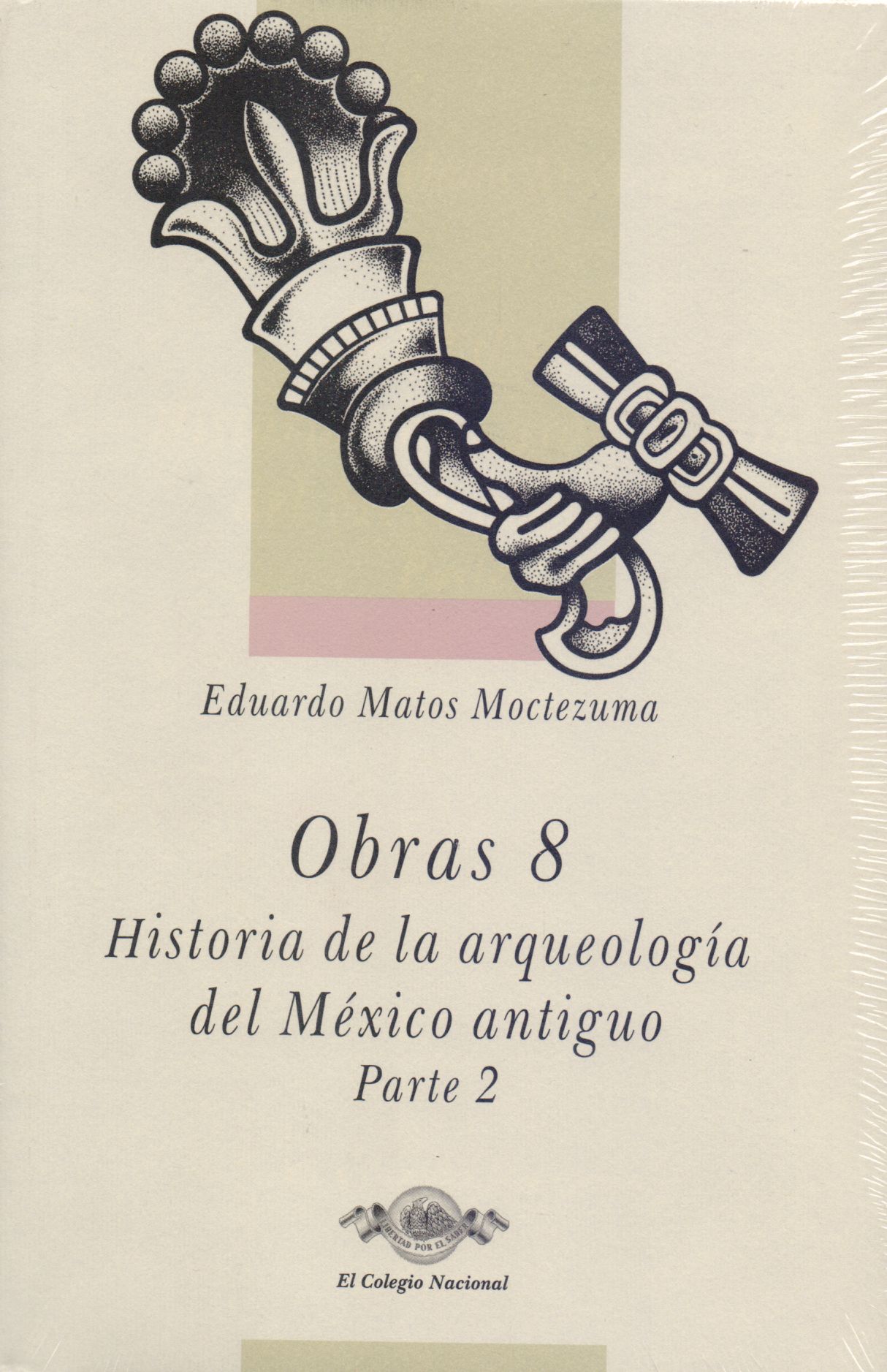 |
Obras 8: Historia de la Arqueología del México Antiguo Parte 2 Matos Moctezuma, Eduardo Colegio Nacional |
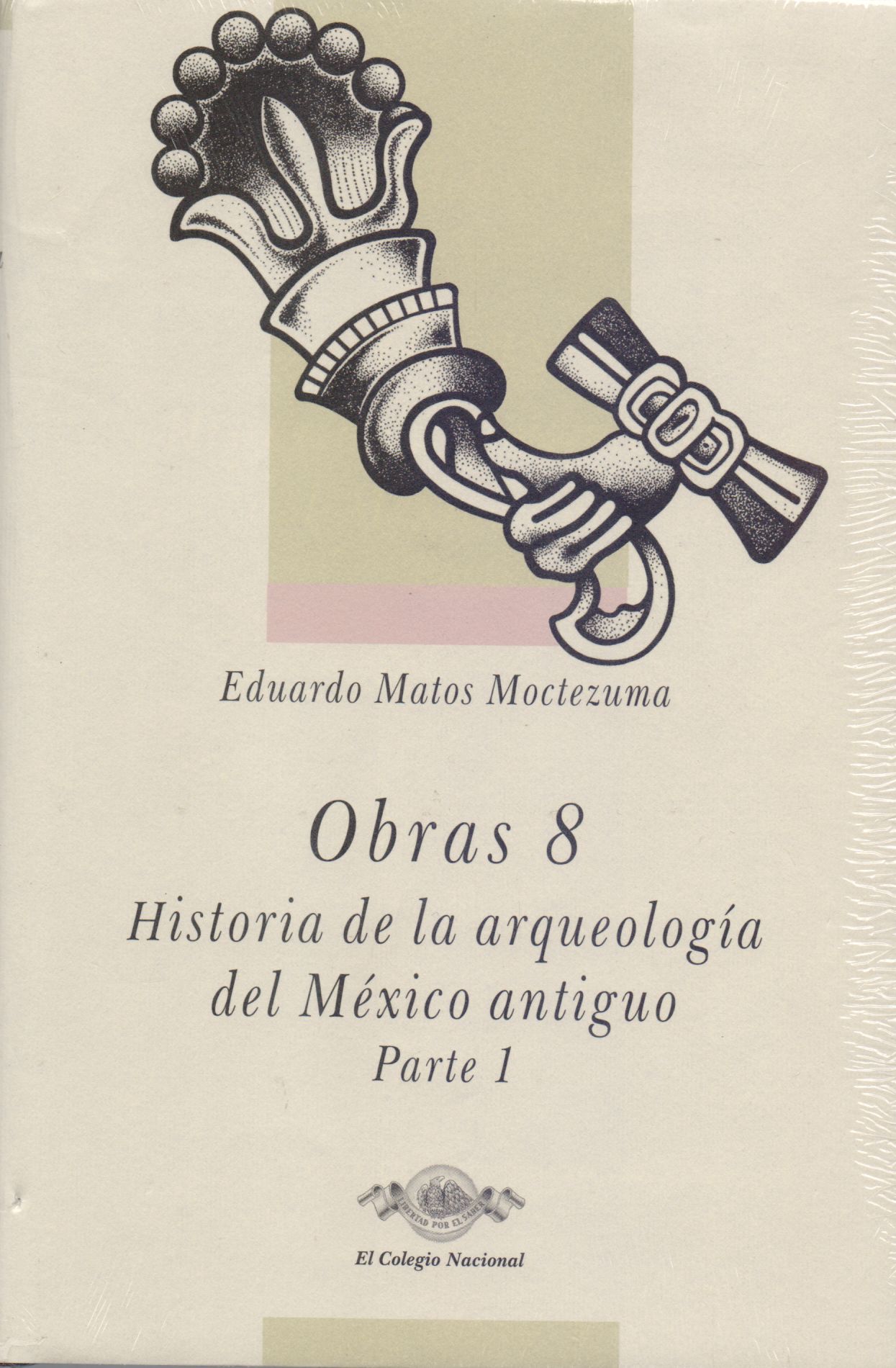 |
Obras 8: Historia de la Arqueología del México Antiguo Parte 1 Matos Moctezuma, Eduardo Colegio Nacional |
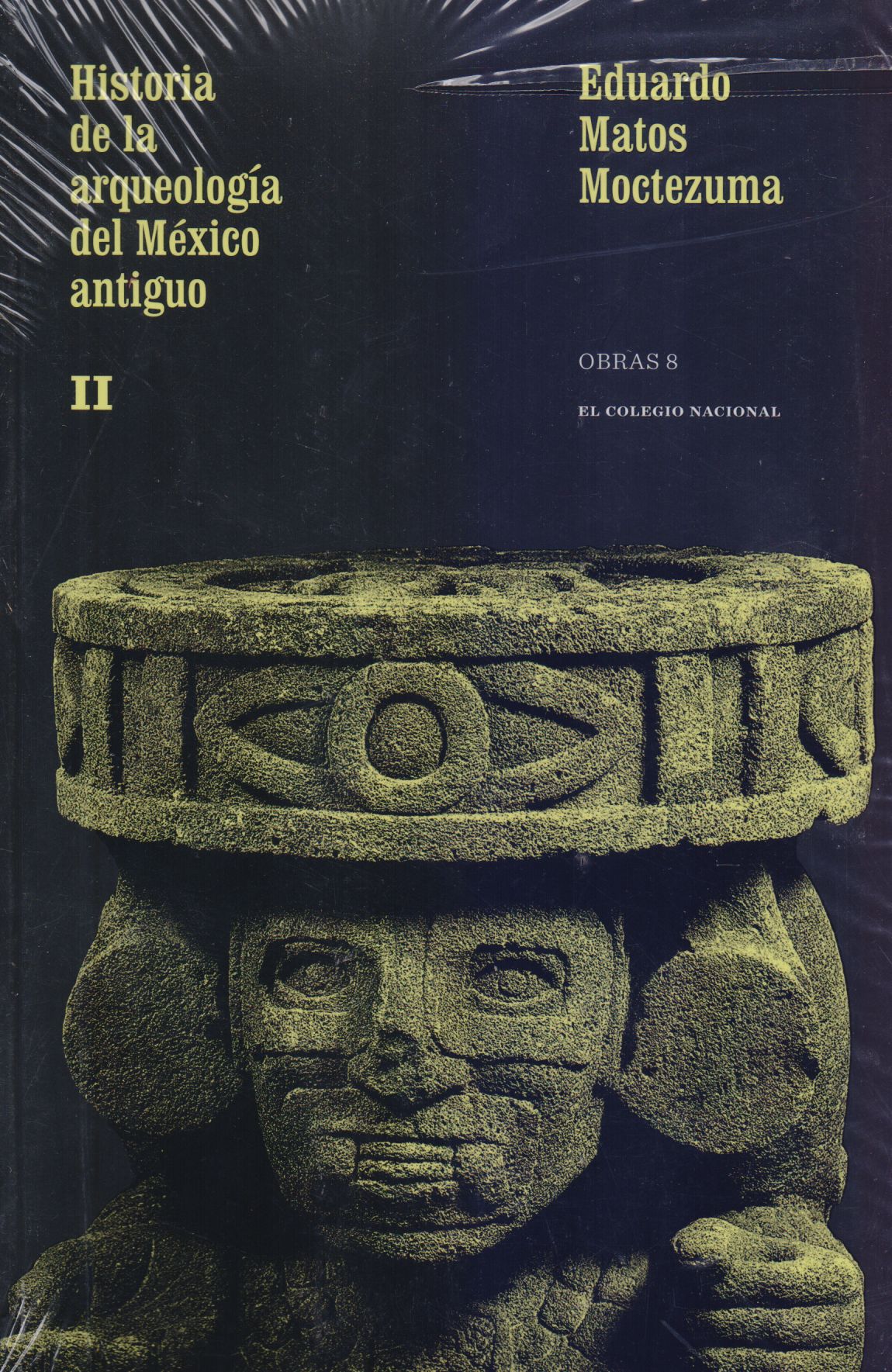 |
Obras 8: Historia de la Arqueología del México Antiguo Vol. II Matos Moctezuma, Eduardo Colegio Nacional |
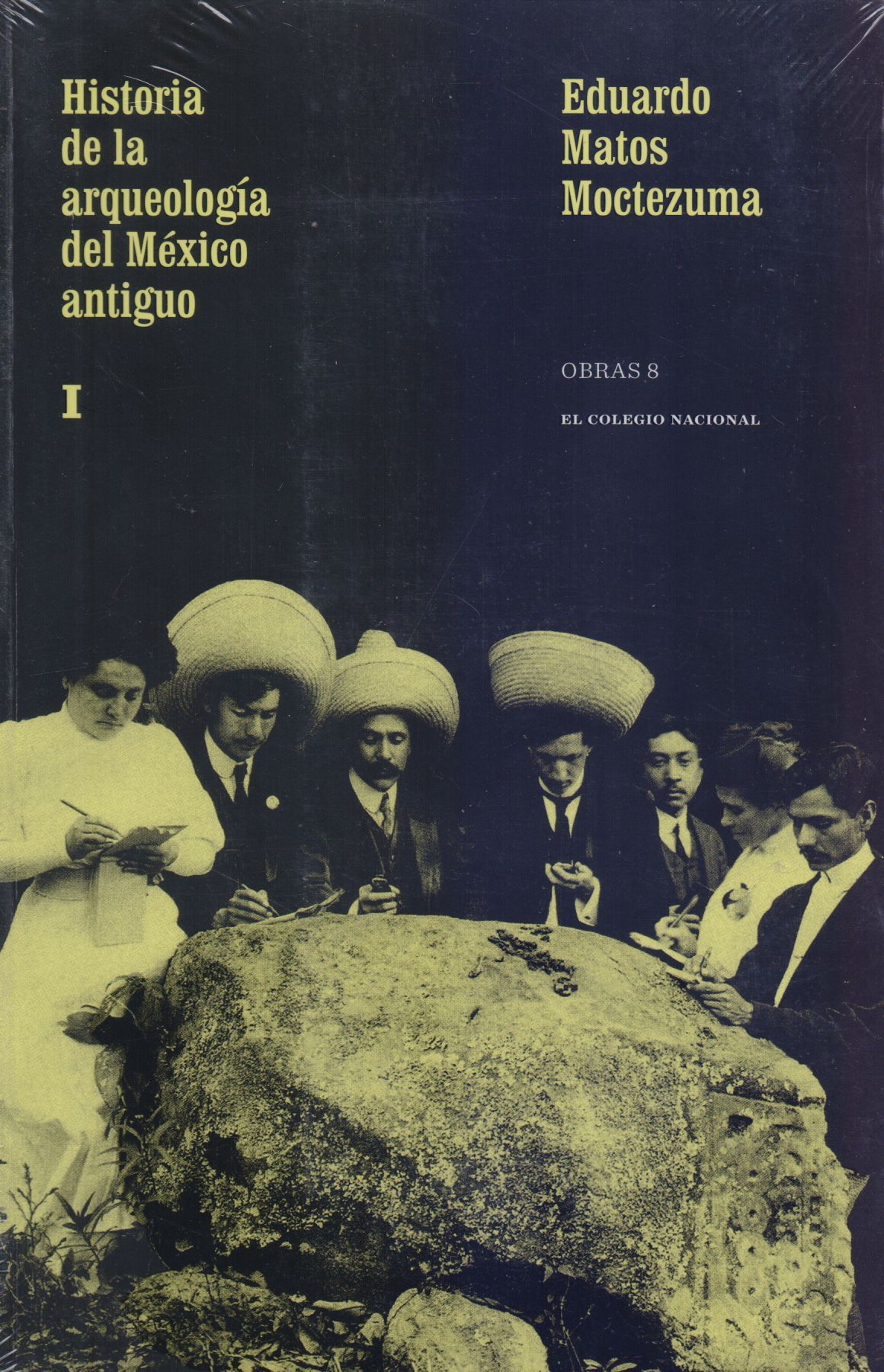 |
Obras 8: Historia de la Arqueología del México Antiguo Vol. I Matos Moctezuma, Eduardo Colegio Nacional |
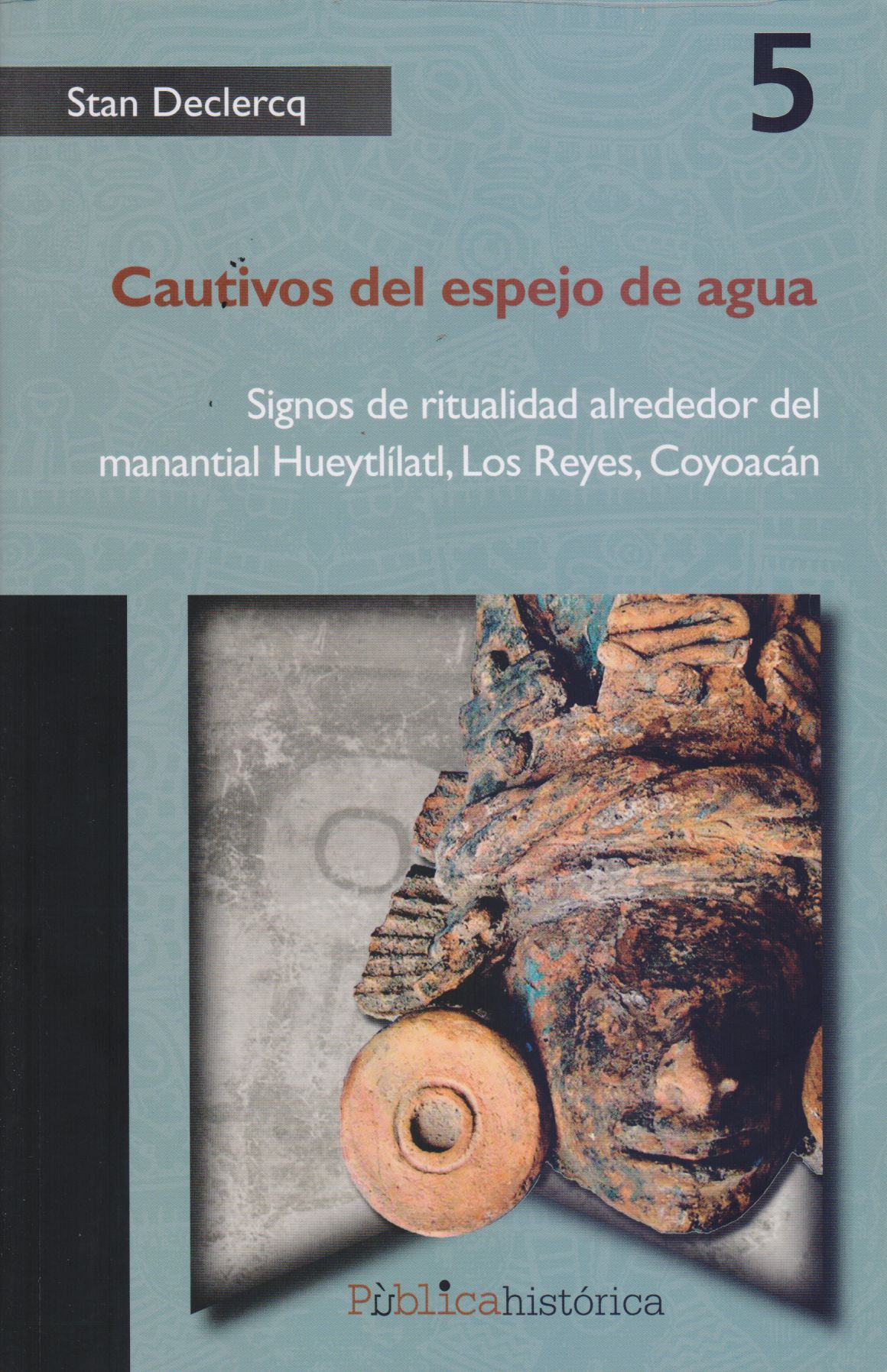 |
Cautivos del Espejo de Agua: Signos de Ritualidad Alrededor del Manantila Hueytl Declercq, Stan Bonilla Artigas Editores |


|
Título: Veiled Brightness: A History Of Ancient Maya Color | |
| Autor: Houston, Stephen | Precio: $1500.00 | |
| Editorial: University Of Texas Press | Año: 2009 | |
| Tema: Arqueologia | Edición: 1ª | |
| Sinopsis | ISBN: 9780292719002 | |
| Color is an integral part of human experience, so common as to be overlooked or treated as unimportant. Yet color is both unavoidable and varied. Each culture classifies, understands, and uses it in different and often surprising ways, posing particular challenges to those who study color from long-ago times and places far distant. Veiled Brightness reconstructs what color meant to the ancient Maya, a set of linked peoples and societies who flourished in and around the Yucatan Peninsula of Mexico and Central America. By using insights from archaeology, linguistics, art history, and conservation, the book charts over two millennia of color use in a region celebrated for its aesthetic refinement and high degree of craftsmanship.
The authors open with a survey of approaches to color perception, looking at Aristotelian color theory, recent discoveries in neurophysiology, and anthropological research on color. Maya color terminology receives new attention here, clarifying not just basic color terms, but also the extensional or associated meanings that enriched ancient Maya perception of color. The materials and technologies of Maya color production are assembled in one place as never before, providing an invaluable reference for future research. From these investigations, the authors demonstrate that Maya use of color changed over time, through a sequence of historical and artistic developments that drove the elaboration of new pigments and coloristic effects. These findings open fresh avenues for investigation of ancient Maya aesthetics and worldview and provide a model for how to study the meaning and making of color in other ancient civilizations. |
||
Librería Bonilla SA de CV © Todos los derechos reservados. 2019
Última actualización: Jul 2019



